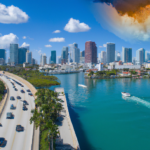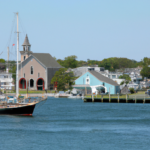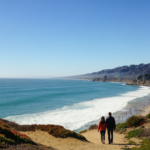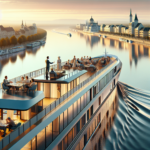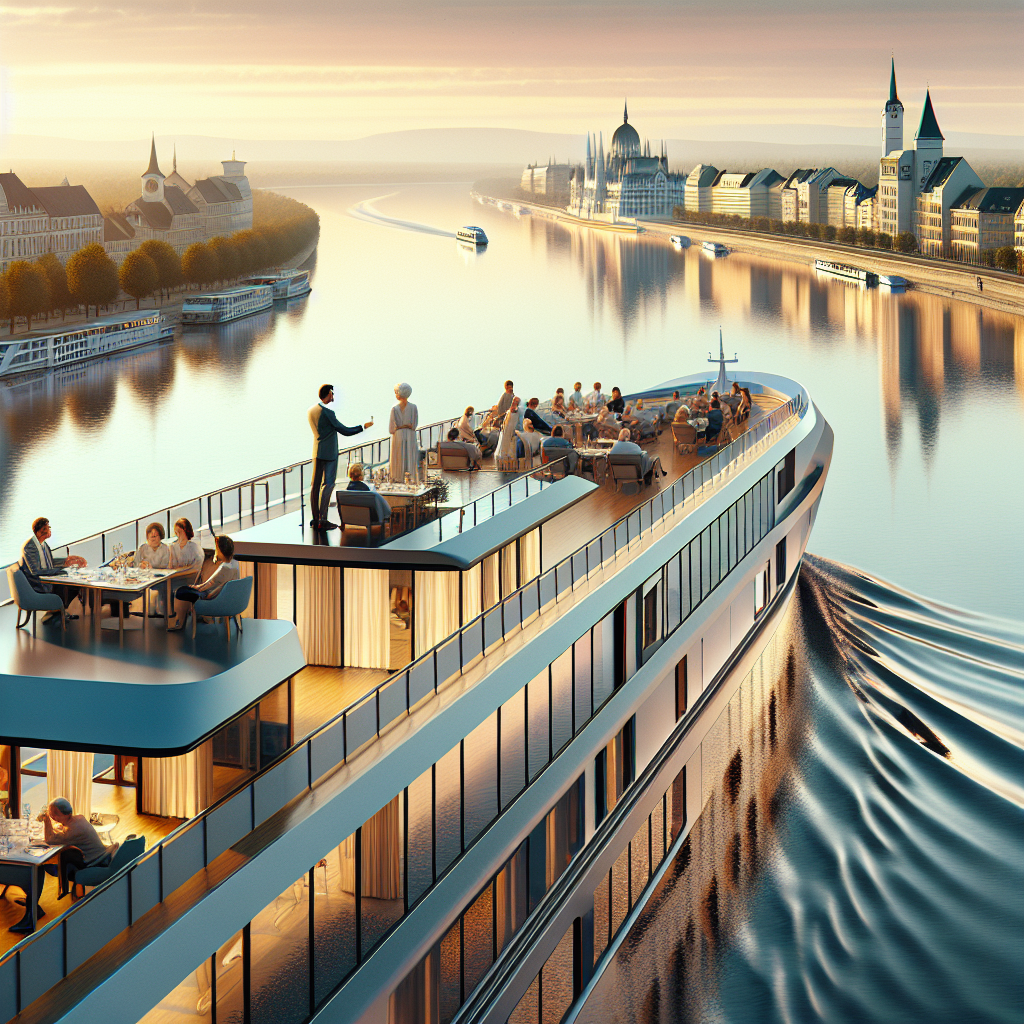
Cruising the Danube River: An Unforgettable Adventure Awaits:
Exploring One of the World's Most Breathtaking Destinations
Are you ready to explore one of the world’s most breathtaking destinations? Cruising the Danube River offers an unforgettable experience filled with stunning landscapes, rich history, and unique cultural treasures. Whether you’re an adventurer, a history buff, or someone seeking pure relaxation, this destination has something for everyone.
The 5 Best Things for Couples to Experience in Cruising the Danube River:

1. Romantic Nightlife
Starlit Boat Rides: Experience the enchantment of the Danube at night. Picture yourself on a cozy boat, surrounded by the soothing sounds of water while sipping a glass of local wine. As you glide past illuminated landmarks such as the picturesque Buda Castle and the majestic Parliament Building in Budapest, the romantic ambiance sets the tone for an unforgettable evening.
Best Nightclubs: For couples who love to dance, the vibrant nightlife in Budapest and Vienna offers an exhilarating experience. Dance the night away at Club A38, which features a lively atmosphere and stunning views of the Danube. Alternatively, visit Prater Dome in Vienna, one of Europe’s largest nightclubs, known for its thrilling music and electrifying ambiance.
2. Natural Wonders
Breathtaking Landscapes: The journey along the Danube reveals a tapestry of stunning vistas. The Danube Bend, with its dramatic cliffs and sweeping views, and the picturesque Wachau Valley, famous for its terraced vineyards, are just a few highlights. These landscapes provide perfect backdrops for memorable photos and moments of tranquility.
Unique Flora and Fauna: The Danube Delta, designated as a UNESCO World Heritage Site, is a treasure trove of biodiversity. Here, you can witness thousands of bird species, including pelicans and herons, as well as diverse plant life. Taking a guided eco-tour through the delta is an adventure that brings nature lovers closer to the river’s ecosystem.
3. Cultural Richness
Historical Landmarks: Embark on a journey through time as you visit awe-inspiring historical sites. The Vienna State Opera, a masterpiece of architectural design, offers guided tours that reveal its opulent interiors. Buda Castle, perched majestically over Budapest, invites visitors to explore its museums and historical exhibitions.
Museums and Galleries: Art enthusiasts will savor the rich collections at the Belvedere Museum in Vienna, which showcases works by Gustav Klimt and other notable artists. The cultural offerings along the Danube extend to local galleries, where you can find contemporary art and local crafts.
4. Culinary Delights
Local Cuisine: Indulge your taste buds in the culinary heritage of the region, featuring traditional dishes that reflect the rich culture of the Danube. Savor comforting goulash, flaky strudel, and savory sarmale at charming local eateries or upscale Michelin-starred establishments that elevate local flavors.
Wine Tasting: The Wachau Valley is renowned for its exquisite wines, particularly the white Grüner Veltliner. Participate in wine tastings at local vineyards, where you can sip on exceptional vintages while soaking in the stunning views of the vineyards and surrounding landscapes.
5. Unique Experiences
Vibrant Festivals: Experience the local culture through lively festivals that celebrate the region’s traditions. The Budapest Spring Festival showcases a variety of performances, from classical music to contemporary dance, while the Vienna Christmas Market enchants visitors with festive stalls and mulled wine.
Art and Music Scenes: Attend a classical concert at the iconic Musikverein in Vienna or enjoy local folk dances that encapsulate the spirit of the region. These cultural experiences provide a deeper understanding of the local way of life, enriching your journey.


A Brief History of Cruising the Danube River:
The Rise of Cruising the Danube River
The Danube River has long been a vital trade route connecting various cultures and civilizations. Over centuries, it has evolved into a popular cruising destination, offering unparalleled scenic beauty and cultural richness and heritage.
Modern-Day Cruising
Diverse Experiences: Today, the Danube is home to numerous river cruise companies that offer travelers the chance to explore charming towns, majestic castles, and culturally rich cities dotted along its banks. Cruises range from intimate voyages to grand journeys, each designed to provide guests with in-depth experiences of the local culture, cuisine, and history.
Cultural Significance: The Danube continues to hold immense cultural significance, with UNESCO World Heritage Sites illustrating its historical importance. From the magnificent scenery of the Wachau Valley to the architectural marvels of cities like Budapest and Vienna, the river embodies a rich tapestry of stories that enrich each journey.
Early Settlement and Development
From ancient Roman settlements to medieval castles, the banks of the Danube are steeped in history, with remnants of past civilizations still visible today.
A Brief History of Cruising the Danube River
The Danube River, flowing through central and Eastern Europe, is the second-longest river on the continent and has served as a vital artery for trade, transportation, and cultural exchange for millennia. Its rich history reflects the rise and fall of empires, the development of civilizations, and the continuous interaction between diverse cultures.
The Rise of the Danube as a Trade Route
Ancient Civilizations: The Danube has been inhabited since prehistoric times. Archaeological evidence suggests that various ancient cultures, including the Celts and Romans, settled along its banks. The river was crucial for trade and travel, allowing these civilizations to connect and thrive. The Romans established fortifications and roads to protect and facilitate trade across the Danube, integrating it into the empire’s extensive network.
Roman Influence: The establishment of the Roman Empire had a significant impact on the regions surrounding the Danube. Key settlements, such as Carnuntum and Vindobona (modern-day Vienna), developed alongside the river, becoming essential hubs for commerce and military strategy. Roman innovations in engineering, such as bridges and roads, further enhanced the river’s importance as a trade route.

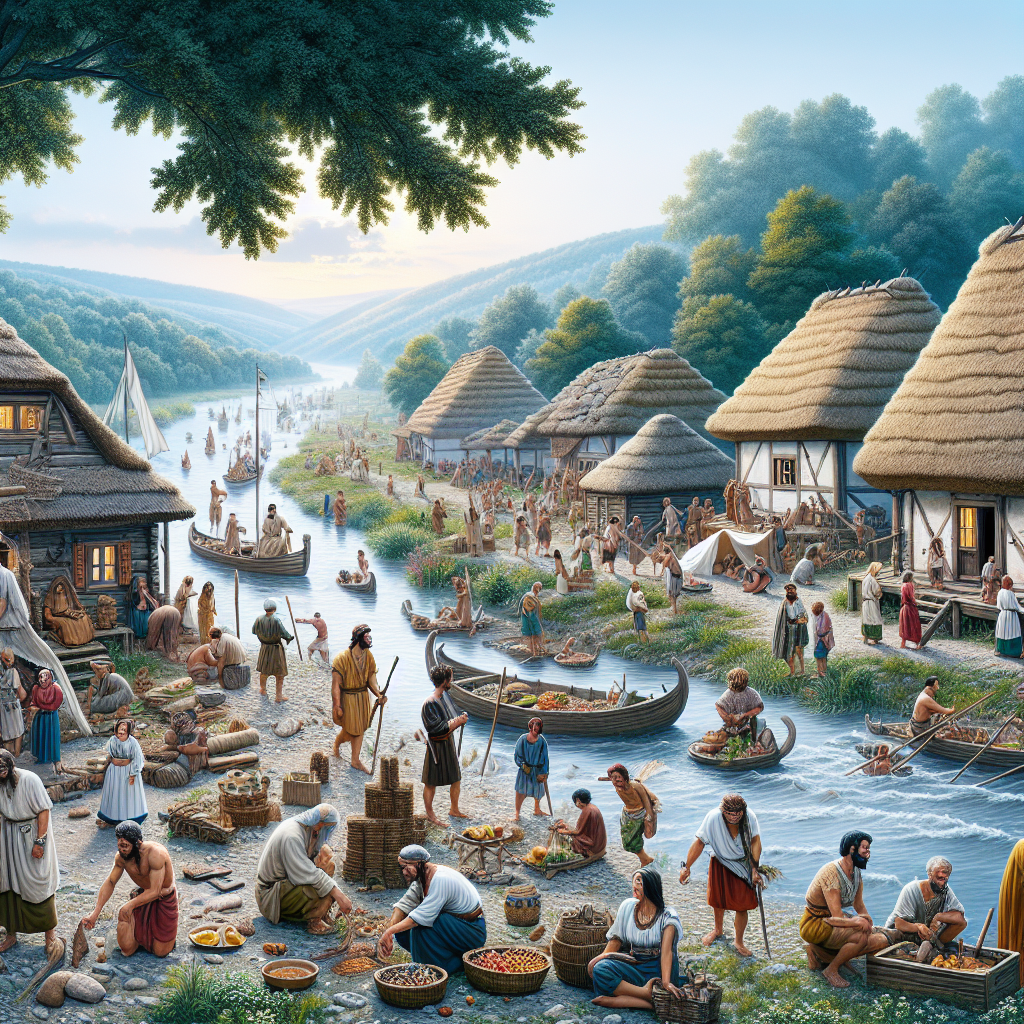
Medieval Period and Beyond
The Migration Period: Following the decline of the Roman Empire, the Danube witnessed the migration of various tribes, including the Huns and Slavs. This period of upheaval was marked by the movement of peoples and the establishment of new kingdoms that would shape the medieval landscape of Europe.
Habsburg Empire: During the Middle Ages, the Danube became closely associated with the Habsburg dynasty, which would rule over the vast Austro-Hungarian Empire. The river served as a critical boundary and trade route, facilitating the growth of cities like Vienna, which became a cultural and political center of Europe.
The Evolution of River Cruising
19th Century Beginnings: The advent of steam-powered vessels in the 19th century revolutionized river transport. This technological advancement made it easier and faster for travelers to explore the scenic beauty of the Danube, leading to the early development of river cruising. The allure of picturesque landscapes, historical cities, and cultural riches attracted an increasing number of tourists.
Post-War Era: After World War II, the Danube River became a focal point for international travel once again, symbolizing cooperation and cultural exchange between Eastern and Western Europe. The establishment of contemporary river cruise lines in the late 20th century transformed the industry, offering luxurious amenities and curated itineraries that highlighted the region’s history and culture.
The history of the Danube River is a testament to the enduring connections between peoples and cultures. From its ancient roots as a trade route to its present-day status as a premier cruising destination, the Danube offers insight into the evolution of European civilization and the ongoing allure of its stunning landscapes and vibrant history. Each cruise along the river is not just a journey through beautiful scenery but also a voyage through time, offering glimpses into the past that continue to shape the present.
World War II had a profound and multifaceted impact on navigation along the Danube River, affecting trade, infrastructure, and the geopolitical landscape of the region. Here are the key aspects of how the war influenced the river’s navigation:

1. Destruction of Infrastructure
Damage to Transportation Networks: The war caused extensive damage to bridges, ports, and other vital infrastructures along the Danube. Many key crossings were destroyed or heavily damaged during military operations, which disrupted the flow of goods and people.
Mining of the River: Both Axis and Allied forces laid mines in the Danube to restrict enemy movement. This mining created significant navigational hazards, making it dangerous for vessels to operate and resulting in the loss of ships and cargo.
2. Disruption of Trade
Economic Impact: The navigation challenges caused by bombings, minefields, and the destruction of ports led to a severe decline in trade along the Danube. Local economies that depended on river transport were adversely impacted, particularly in the agricultural and manufacturing sectors.
Blockages: With military conflicts occurring in multiple locations along the river, certain sections became impassable. This hindered the movement of essential supplies, food, and raw materials, contributing to shortages in nearby regions.
3. Human Displacement and Refugee Movement
Mass Displacement: The war led to notable population movements, with many refugees attempting to flee conflict zones by using the Danube. This situation created additional pressure on the river’s navigation as vessels became overloaded, and safety concerns arose due to overcrowding.
Crisis of Humanitarian Aid: The humanitarian crisis brought about by the war necessitated the movement of aid along the river. Barges and ships were often repurposed to transport displaced persons and supplies, further complicating navigation.
4. Post-War Recovery Challenges
Reconstruction Needs: After the war, significant efforts were required to rebuild the damaged infrastructure along the Danube. This process took time and resources, limiting the recovery of commercial navigation in the immediate post-war years.
Political Divisions: The division of Europe into East and West during the Cold War impacted trade routes, including those along the Danube. The river served as a border for several countries, complicating navigation with differences in regulations, tariffs, and political tensions that emerged after the war.
5. Long-term Changes in Navigation
Shifts in Trade Patterns: The war caused lasting changes in trade patterns, with many countries seeking alternative routes or means of transportation after the disruption caused by World War II. Some industries adapted to changed conditions by utilizing rail or road networks in place of river transport.
Increased Regulation and Management: In the years following the war, international agreements were established aiming to regulate and manage navigation along the Danube better. These agreements sought to promote cooperation among riparian states and improve the conditions for commercial navigation.
The impact of World War II on Danube River navigation was characterized by destruction, economic disruption, humanitarian crises, and long-term changes in trade patterns. These challenges required years of recovery and adaptation, setting the stage for the modern era of river navigation and trade along one of Europe’s most significant waterways. The aftermath of the war also influenced how nations cooperated regarding the river, leading to the development of international agreements that would shape its future use and management.
Excitement Awaits You!
🌅 Imagine waking up to a picturesque sunrise over the rolling hills of the Wachau Valley, with vineyards glistening in the morning light.
✨ Feel the thrill of exploring hidden caves along the river or dancing under the stars at a beach party in one of the scenic towns.
👨👩👧👦 Perfect for Everyone: Whether you’re traveling solo, as a couple, or with family, Cruising the Danube River promises memories you’ll cherish forever!
Fun Facts About Cruising the Danube River
Did You Know? The Danube is the second-longest river in Europe, flowing through ten countries and offering diverse landscapes and cultures.
Record-Breaking Feature: The river’s delta is the largest and best-preserved in Europe, hosting over 300 species of birds.
Fun Facts About Wildlife on the Danube River:
The Danube Delta is home to over 45 species of freshwater fish, making it a paradise for anglers.
Rare Species: Look out for the endangered Danube Sturgeon, a symbol of the river’s ecological importance.
Book Your Dream Vacation Today
Don’t wait! Adventure is calling, and Cruising the Danube River is ready to greet you with open arms.
✨ Click here to plan your trip! Or start your journey today!
With engaging experiences, breathtaking views, and rich cultural insights, a cruise down the Danube River is not just a trip—it’s an adventure of a lifetime!

